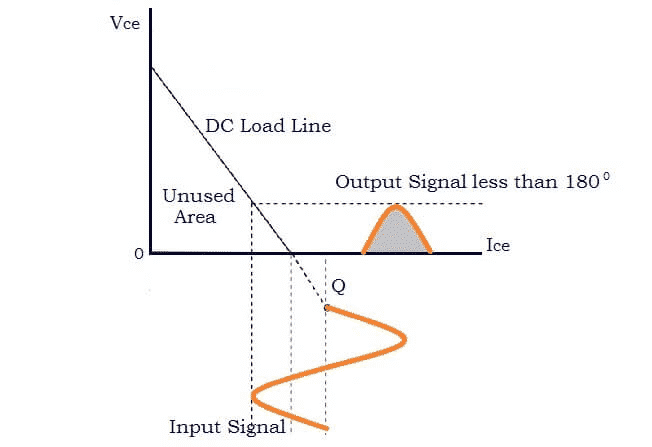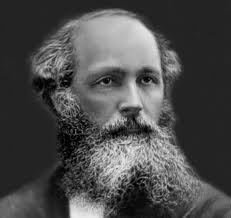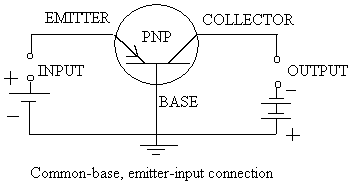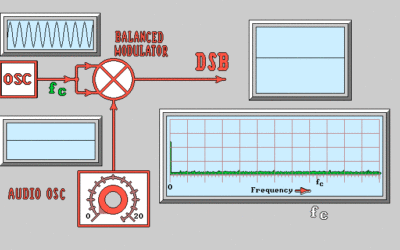Class C Amplifiers
 You will recall that most AF amplifiers use cathode bias. The audio amplifier tubes are operated ad Class A or Class B, because we are interested in obtaining good fidelity. The Class A amplifier sacrifices efficiency for fidelity.
You will recall that most AF amplifiers use cathode bias. The audio amplifier tubes are operated ad Class A or Class B, because we are interested in obtaining good fidelity. The Class A amplifier sacrifices efficiency for fidelity.
In the case of an RF amplifier, we are not interested in fidelity, since we are not amplifying an audio signal. We ARE interested in EFFICIENCY of operation. We do not want to use more energy than necessary in order to accomplish effective communications.
An RF amplifier operates most efficiently in a transmitter as a Class C amplifier. In order to operate the tube as a Class C amplifier, the bias must be between one and on-half to four times the bias value necessary for cut-off. This condition is shown graphically in the diagram to the left.
You will notice that with a pure sine wave applied to the grid, the plate current consists of small pulses which certainly do not resemble the input sine wave. Since the plate current wave does not resemble the grid signal, the fidelity of a Class C amplifier is poor.
One important point to notice is that the plate current flows only for a fraction of a complete cycle of the input signal. Compare this to a Class A amplifier, where the plate current flows continuously. Obviously more power is wasted in plate dissipation in a Class A amplifier as compared to a Class C amplifier. Since the plate dissipation is decreased in the Class C amplifier, the useful power output is increased.
The efficiency of a Class C amplifier is therefore excellent. It is approximately 70% efficient. The exact efficiency depends upon the bias voltage, the load impedance, the incoming signal amplitude, the plate voltage
Note in the above illustration, that the input signal drive is quite large. This is so because the input signal must overcome the high negative bias and drive the grid positive.
The question that always arises at this point is: Of what good are the plate current pulses if we are interested in obtaining an amplified version of the sine wave input? The answer lies in the ability of the plate tank circuit to reproduce a pure sine wave from pulses of energy which are applied to it every cycle. From the discussion of the oscillatory circuit, it will be recalled that when the plate tank circuit is tuned to the resonant frequency of the grid circuit, the plate current pulses will reinforct the oscillations in the plate tuned circuit at just the right instant, and therby sustain the oscillations. The surges of plate current five the tank circuit the shot of energy which resusts in the tuned circuit making up that portion of the sine wave missing in the plate current pulses.
This is known as the FLYWHEEL EFFECT. Thus, we see that although the plate current is made up of pulses, the signal fed to the antenna or the next stage is a pure sine wave!




